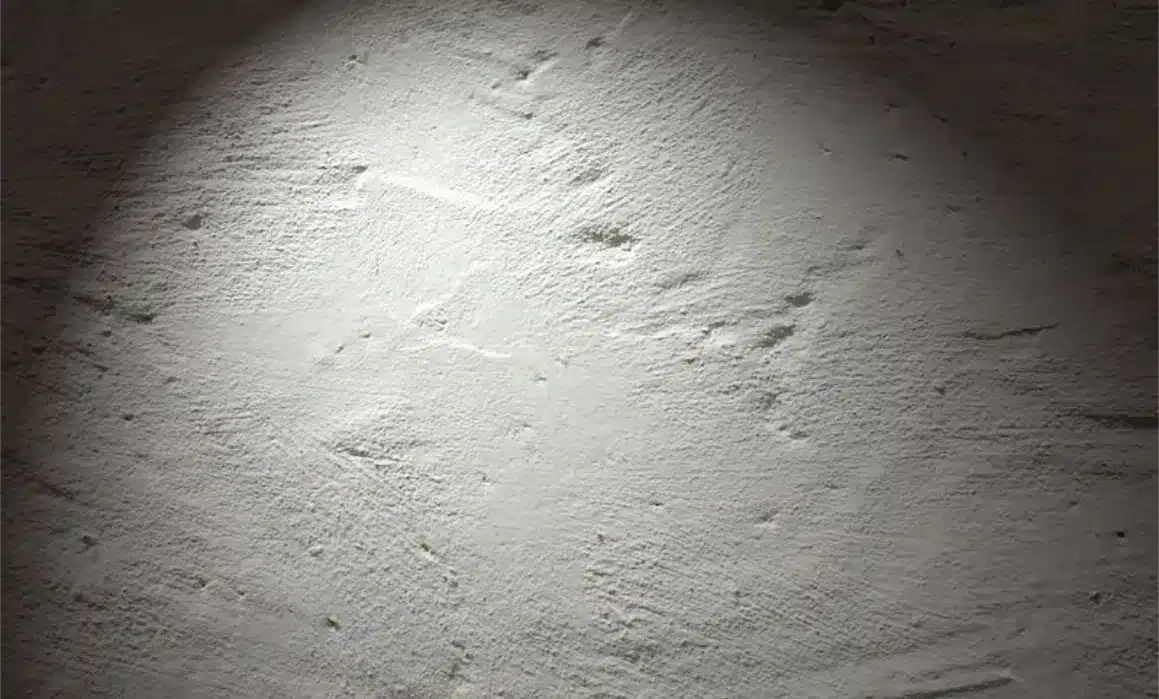Gypsum vs Cement–Based Flowing Screed

Our last blog talked about the growing popularity of flowing screed and the new material developments. So this time we’re letting you know just a little bit more about gypsum vs cement-based to help you make your flowing screed decision.




